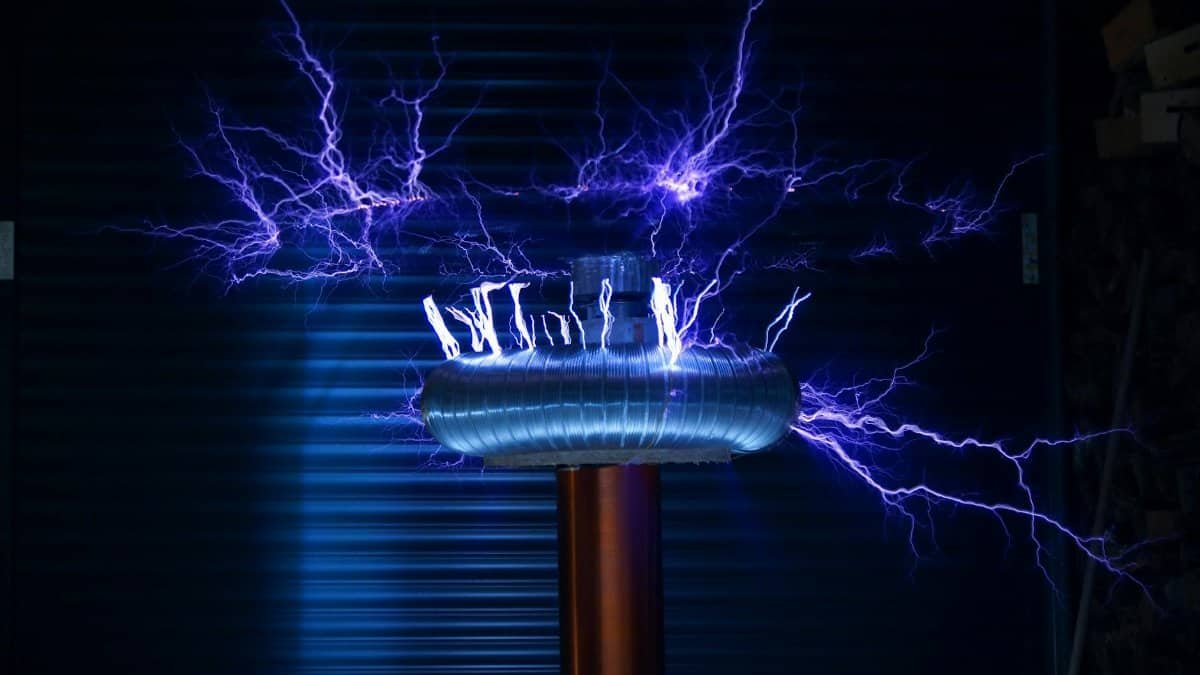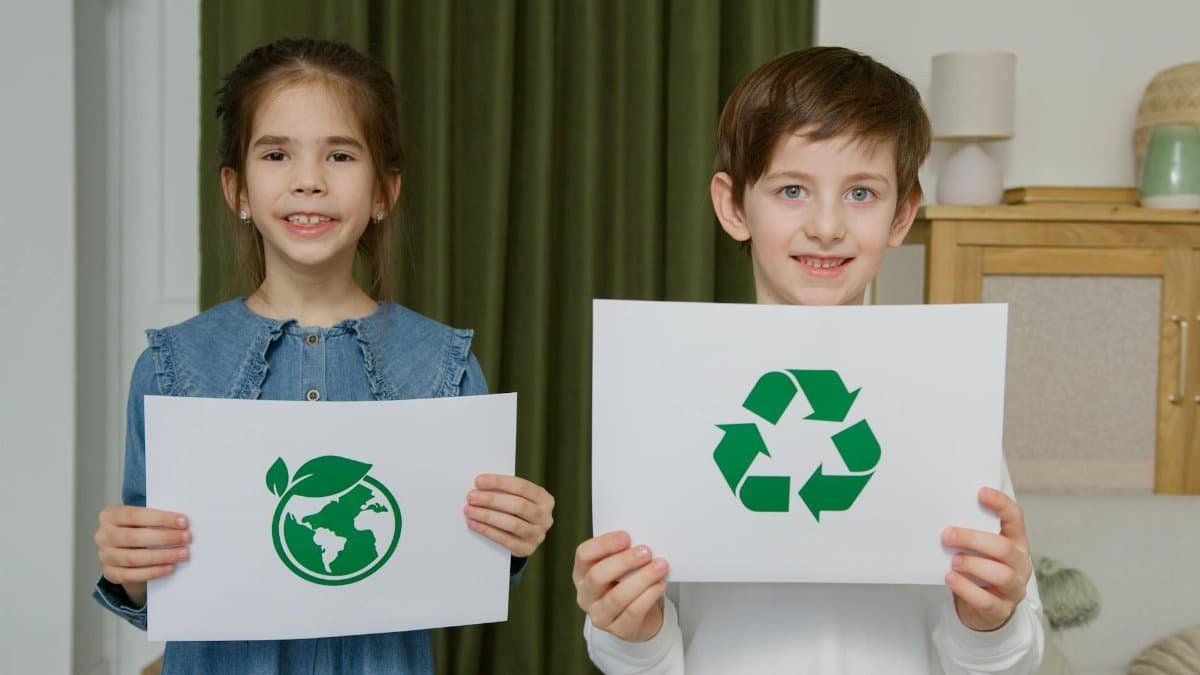New data shows that 70% of Americans report feeling emotionally drained after social interactions, often without knowing why. This phenomenon ties directly into mindfulness emotions, the practice of tuning into your feelings and those around you to manage energy absorption. As stress levels rise in 2025, experts say understanding this could be key to mental health. A recent survey by the American Psychological Association highlights how unaware absorption of others’ emotions affects daily life, leading to burnout and anxiety.
What Are Mindfulness Emotions?

Mindfulness emotions refer to the intentional awareness of one’s own feelings and the emotional energies of others. It’s not just about meditation; it’s a practical tool for navigating interpersonal dynamics. In bustling cities like New York, where people cram into subways and offices, absorbing stray emotions happens constantly. Psychologists explain that our brains are wired for empathy, making us sponges for surrounding vibes. This can lead to unexplained mood swings or fatigue after a simple conversation.
Research from Harvard University supports this. Their studies on emotional contagion show how moods spread like viruses in social settings. Without mindfulness, you might pick up a colleague’s stress without realizing it, carrying it home.
The Science Behind Energy Absorption

Neurologically, mirror neurons play a big role. These brain cells fire when we observe others’ actions and emotions, essentially mimicking them inside us. A study published in the journal Nature Neuroscience details how this mechanism evolved for survival but backfires in modern life.
For instance, if your friend vents about a bad day, your body might respond with elevated cortisol levels, mirroring their stress. Mindfulness emotions training helps by creating a mental buffer. Techniques like deep breathing interrupt this automatic process, allowing you to observe without absorbing.
According to the National Institutes of Health, chronic exposure to others’ negative emotions can contribute to conditions like generalized anxiety disorder.
Signs You’re Absorbing Others’ Energy

Ever feel exhausted after a party, even if you didn’t drink or dance much? That’s a classic sign. Other indicators include sudden irritability that doesn’t match your day, or feeling overwhelmed in crowds. Mindfulness emotions practices teach you to spot these red flags early.
Therapists note that highly empathetic people, often called empaths, are most susceptible. They might experience physical symptoms like headaches or nausea from emotional overload. A report from the Mayo Clinic describes how unchecked absorption leads to emotional fatigue, mimicking depression symptoms.
How Mindfulness Helps Block Unwanted Energy

Mindfulness emotions isn’t woo-woo; it’s backed by science. Regular practice strengthens your emotional boundaries. Start with simple exercises: pause during conversations to check your feelings. Are they yours or borrowed?
Apps and programs now incorporate this into daily routines. For example, a 2025 trend sees workplaces offering mindfulness breaks to combat energy drain. Experts from the University of California, Berkeley, have found that even five minutes of focused breathing reduces empathy overload by 40%.
Real-Life Impacts on Relationships

In personal ties, absorbing energy can strain bonds. Imagine taking on your partner’s work stress, leading to arguments over nothing. Mindfulness emotions fosters clearer communication by helping you distinguish shared from individual feelings.
Couples therapy often includes these techniques. A study in the Journal of Family Psychology shows improved satisfaction when partners practice emotional awareness together. It’s about protecting your peace without shutting out loved ones.
Workplace Challenges and Solutions

Offices are hotbeds for energy exchange. Open-plan designs amplify this, with one person’s frustration rippling through the team. HR departments in 2025 are pushing mindfulness programs to address it.
According to a Gallup poll, 23% of employees feel burnout daily due to emotional absorption. Implementing mindfulness emotions training, like short meditation sessions, has cut absenteeism in some firms. The Centers for Disease Control and Prevention’s workplace health resources recommend such strategies for better productivity.
Health Consequences of Ignoring It

Long-term, ignoring energy absorption harms health. It spikes stress hormones, weakening immunity and raising heart disease risk. Mental health suffers too, with links to insomnia and chronic fatigue.
Doctors warn that without intervention, it escalates to serious issues. A longitudinal study from Johns Hopkins University tracked participants, finding those unaware of emotional absorption had higher rates of anxiety disorders over time.
Practical Tips to Build Emotional Resilience

Start small: journal your moods after interactions to track patterns. Use grounding techniques, like focusing on your breath or visualizing a protective shield. Incorporate mindfulness emotions into your routine, perhaps through guided apps.
Exercise helps too; physical activity releases pent-up energy. Limit time with chronic complainers, and recharge in nature. Therapists suggest setting intentions before social events to maintain boundaries.
Cultural Shifts in Awareness

Society is waking up to this. Celebrities share stories of burnout from public life, crediting mindfulness for recovery. In education, schools teach kids about emotional intelligence early on.
With remote work persisting in 2025, virtual meetings still transmit energy via tone and expressions. Awareness campaigns aim to normalize discussions about mental hygiene, much like physical health.
Expert Advice on Getting Started

Psychologist Dr. Elena Ramirez advises: “Treat emotions like weather; observe them without getting soaked.” Begin with one mindful moment daily. Resources abound online, from free videos to certified courses.
Remember, mastering mindfulness emotions takes time but pays off in clearer, calmer living. It’s not about isolation; it’s empowerment in a connected world.
